Introduction
The Radio Amateurs of Canada (RAC) has divided Canada into several regions to better serve amateur radio operators across the country. Each region is headed by a Regional Director. This regional division enhances organizational efficiency, strengthens inter-regional communication, and better meets the needs of members in different regions.
Principles of RAC Regional Division
The RAC considers the following factors when dividing regions:
- Geographic location: Provinces or regions with similar geographic and natural conditions are grouped into one region to facilitate communication and cooperation within the region.
- Number of members: The number of members in each region is considered to ensure that each region is of a suitable size for management.
- Administrative management: The administrative divisions of provinces or regions are considered to facilitate communication and coordination with local government departments.
RAC Regional Divisions and Director List
Based on the above principles, the RAC has divided Canada into the following regions:
| RAC Region | Provinces/Territories | Director |
|---|---|---|
| Atlantic Region | NL, NS, PEI, NB | Al Penney, VO1NO |
| Quebec Region | QC | Patrice Bourdages, VE2PTB/VA2PK |
| Ontario North/East Region | ON – postal codes K and P | Craig Delmage, VE3OP |
| Ontario South Region | ON – postal codes L, M, and N | Barry Brousseau, VE3SLD |
| Midwest Region | MB, SK | Ed Richardson, VE4EAR/VE4VT |
| Western Region | AB, NWT, NU | Stephen Lee, VA6SGL |
| British Columbia/Yukon Region | BC, YT | Keith Witney, VE7KW |
Responsibilities of Regional Directors
The main responsibilities of RAC Regional Directors include:
- Representing regional members: Representing the interests of members in the region at the RAC Council and reflecting the opinions and suggestions of members.
- Organizing regional activities: Organizing various activities within the region, such as technical lectures, amateur radio contests, and social events.
- Developing regional membership: Actively developing members within the region and expanding the influence of the RAC.
- Communicating with local government departments: Maintaining close communication with local government departments and coordinating to resolve relevant issues within the region.
Conclusion
The regional division of the RAC is an important part of its organizational structure. Through this approach, the RAC can better serve a wide range of amateur radio operators and promote the development of the amateur radio industry.




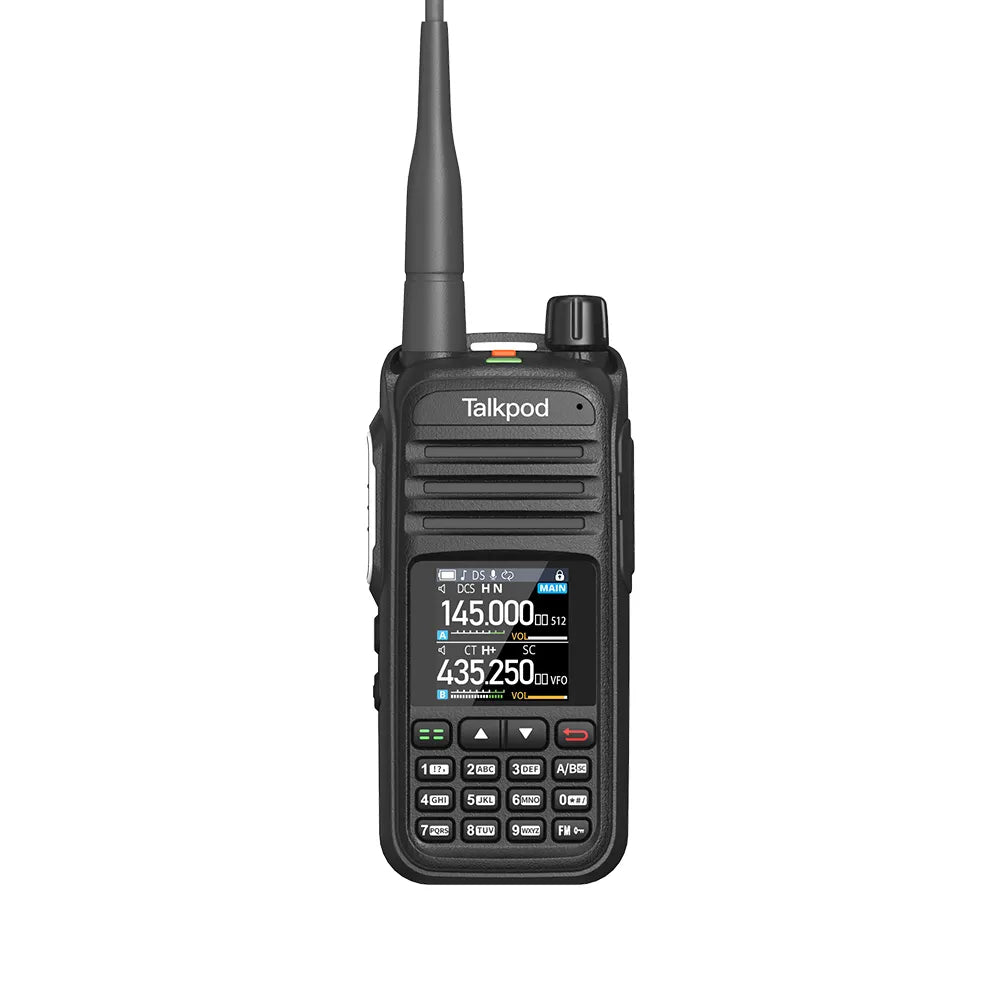
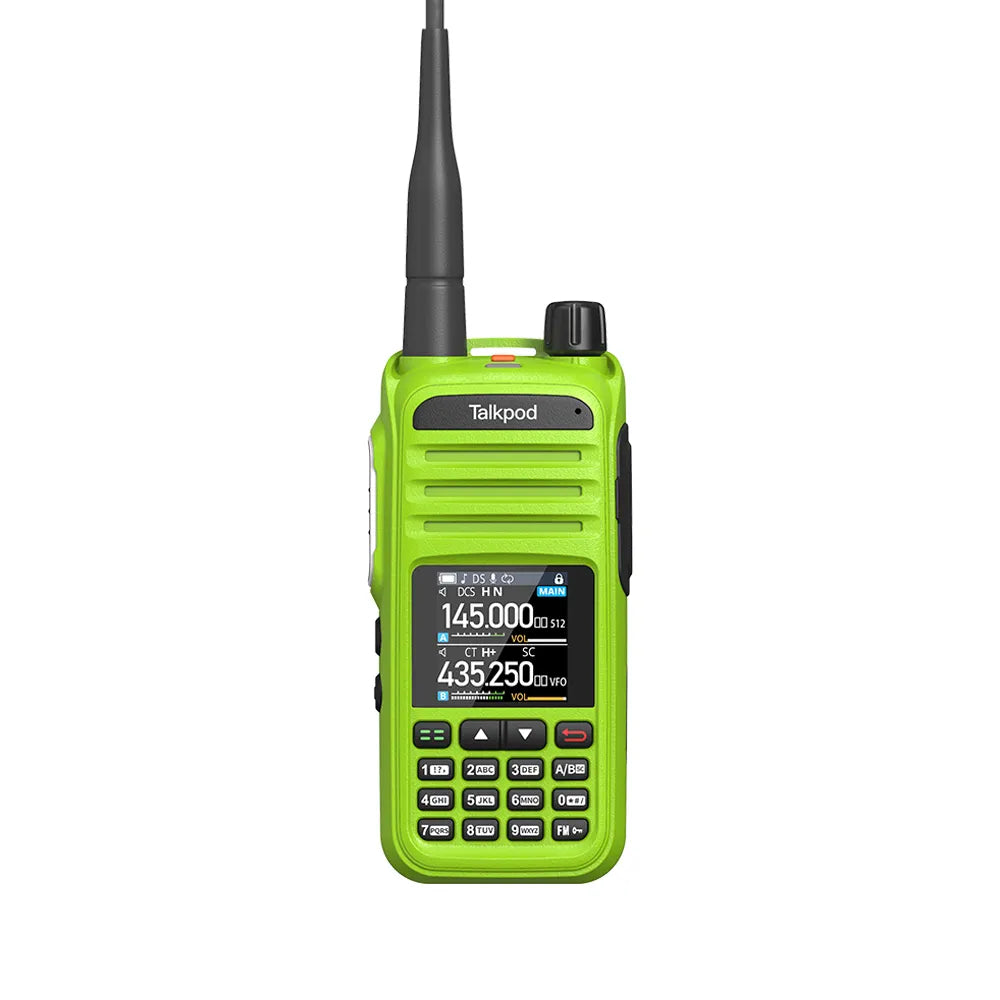


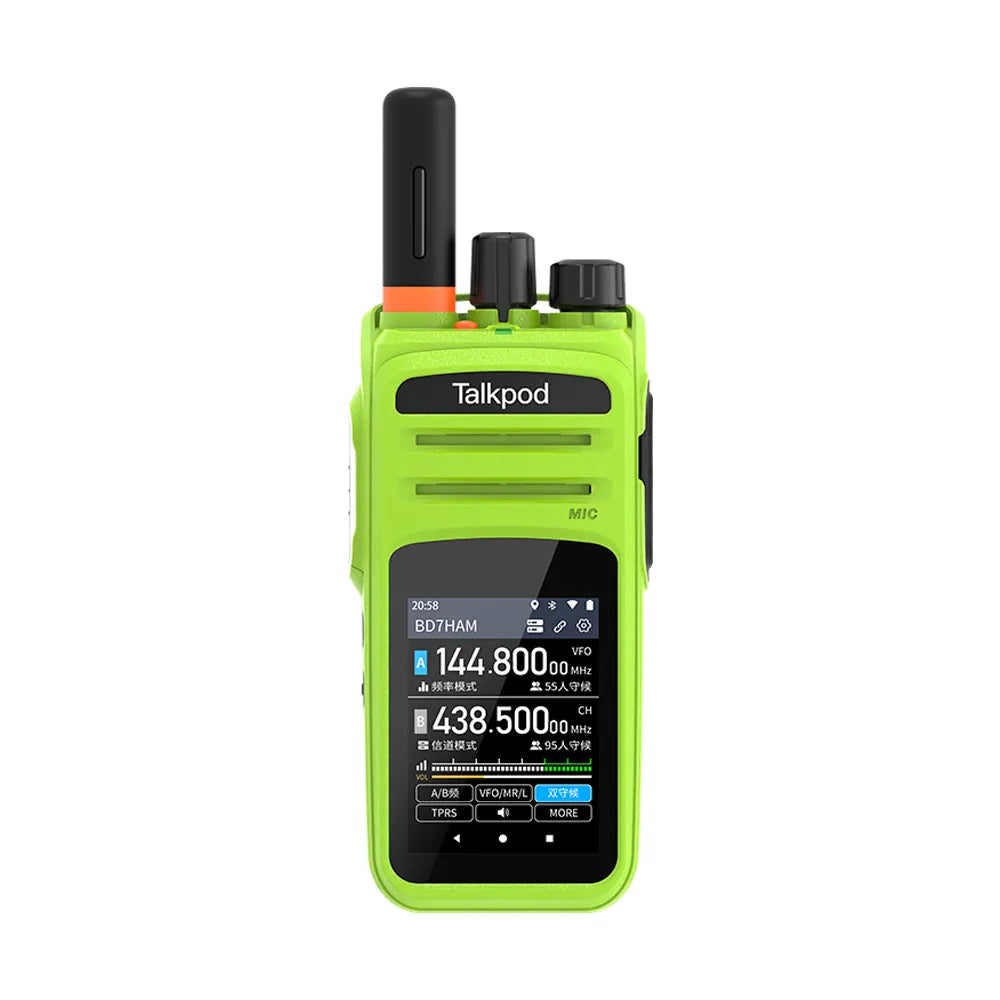
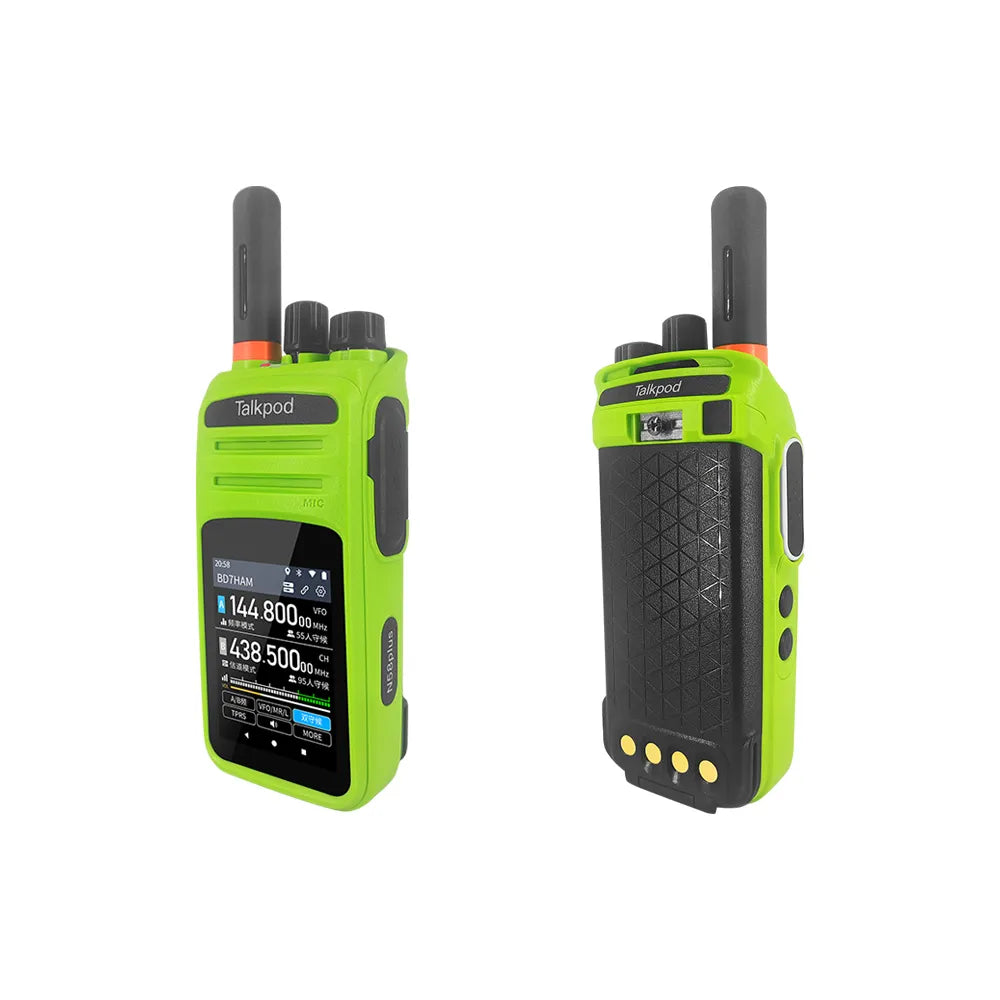
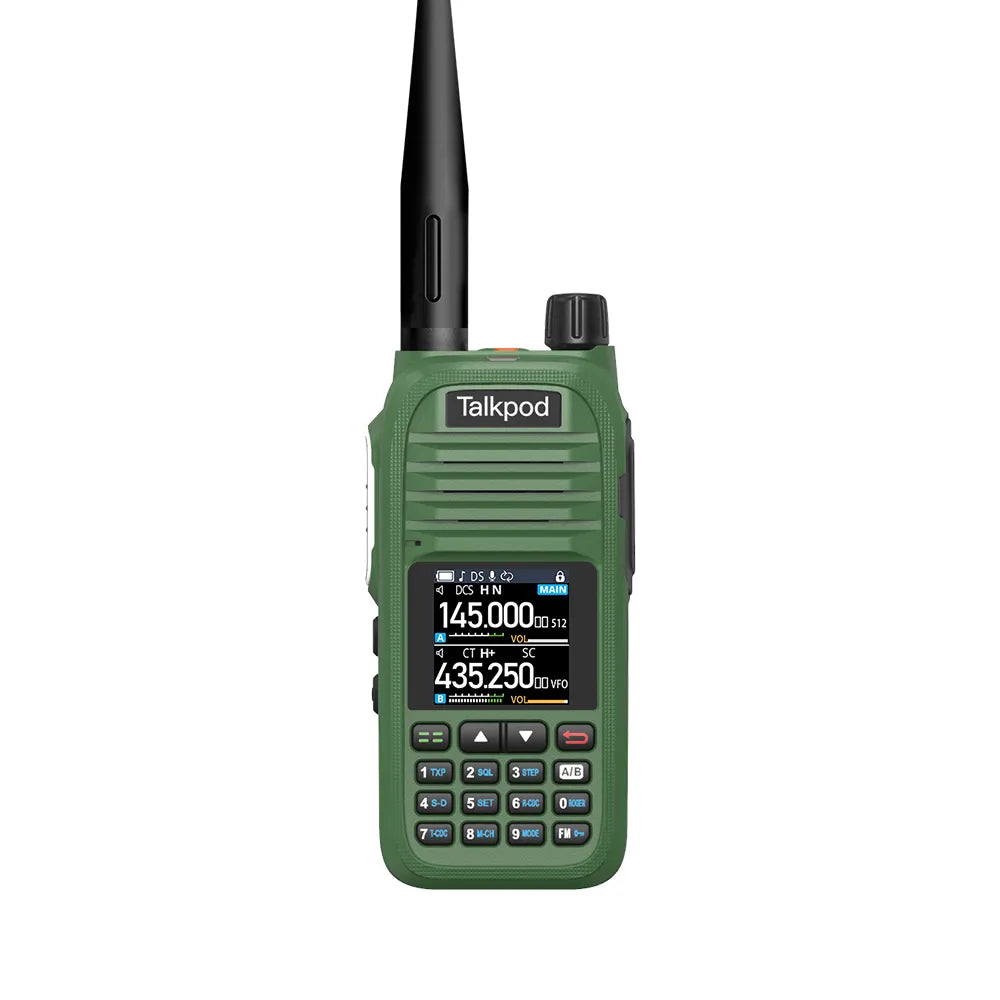
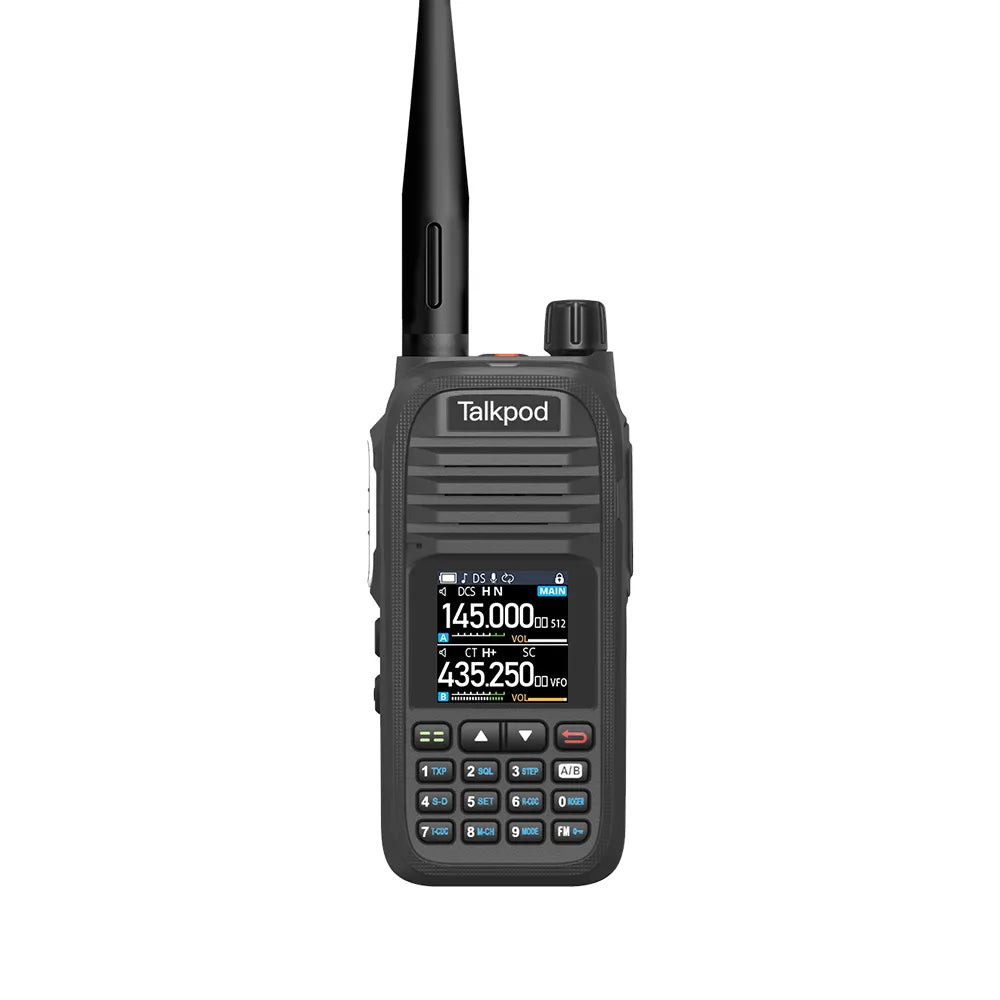
Leave a comment
All comments are moderated before being published.
This site is protected by hCaptcha and the hCaptcha Privacy Policy and Terms of Service apply.